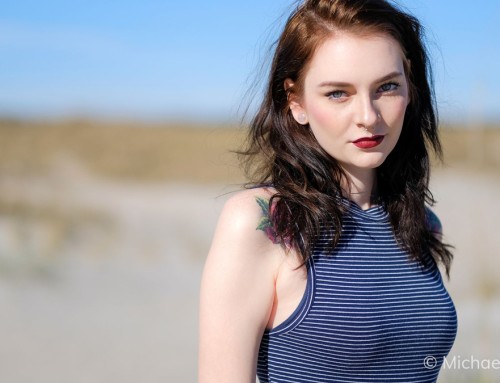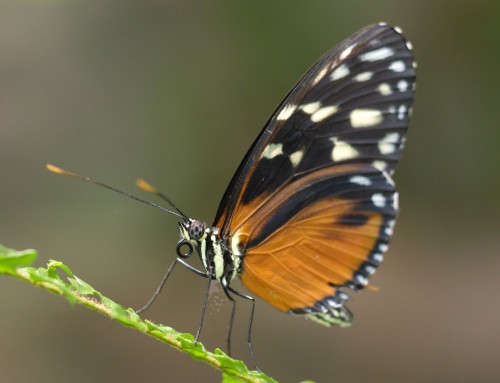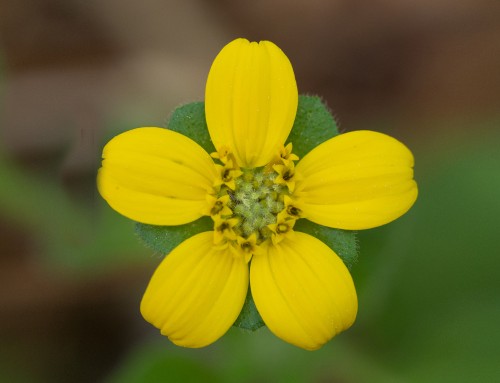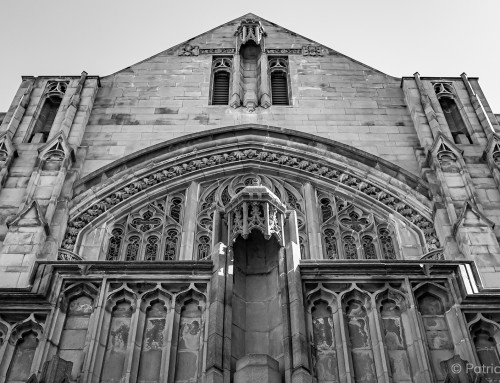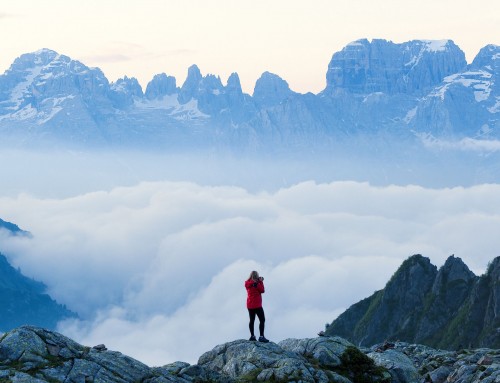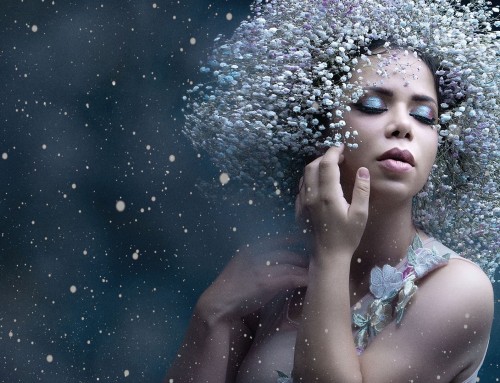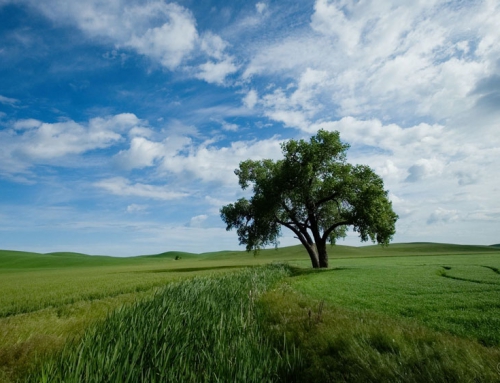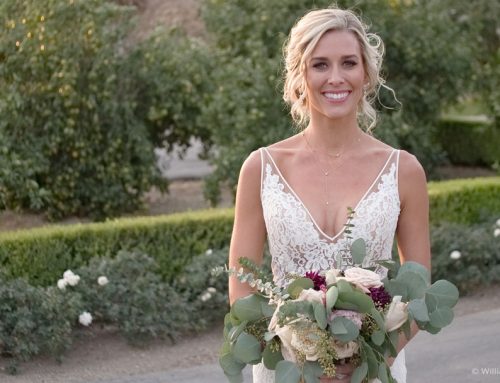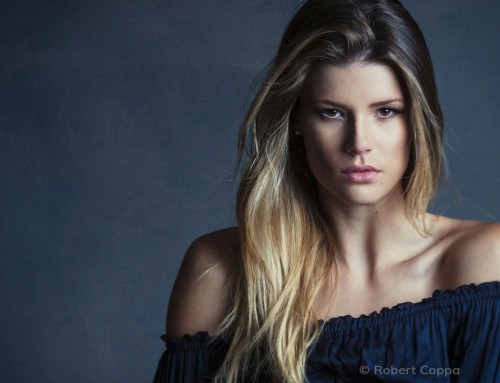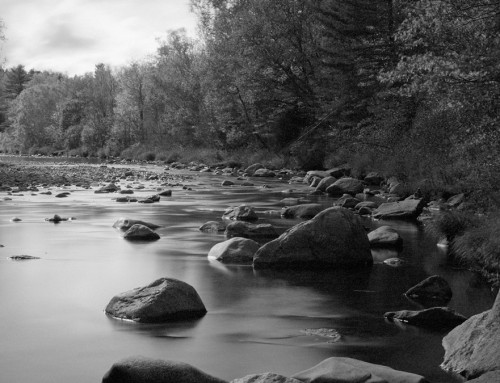The Exposure Bundle makes it easy to create beautiful artworks. Add creative effects from Snap Art and use adjustments in Exposure to control and enhance the look. We made this tutorial to demonstrate using Snap Art and Exposure together.
Photo: Molly Condit
Transcript
Photo Editing
Before applying effects with Snap Art, consider making adjustments to prepare the image to receive a painterly look. Editing the image in Exposure first can help the photo read more like a painting later. Here are a few ways to prepare photos for painterly effects.
Boost Clarity
Brush strokes in painterly looks will weaken edge detail, but clarity will keep them from blending together. Clarity enhances midtones of the image and adds sharpening, which emphasizes hard edges in the photo. For creative uses like illustrative looks, a much higher amount than normal can be used.
Increase Saturation
Bold, beautiful colors can look great in the final piece. Exposure gives you several options to control colors in the image. The Saturation slider boosts all the colors in the photo at once. The Vibrance slider is a little more sophisticated; it only boosts saturation in less saturated tones.
For more control, use the HSL sliders in the Color panel. Boosting the saturation only in the midtones increases color contrast with the dark shadows, which can make the painterly effect appear motley. Rich, saturated dark tones are a great way to show texture, but a highly textured look doesn’t work with every image.
Add a Vignette
Vignettes are a way to help focus the attention on the subject, regardless of the type of style of artwork you’re creating. There are vignette controls in Snap Art for the painterly look, but adding a vignette now gives you additional creative options.
Use a vignette to add a smooth, subtle darkening to the image and draw attention to the subject, or use a white vignette to redefine the edge of the painting by introducing negative space.
Exposure has several unique controls for creating detailed vignettes with an organic feel.
With your image prepared, right click and choose Edit Copy In Snap Art. This will make a copy of the image that includes any adjustments applied in Exposure and then open it in Snap Art.
Painterly Effects in Snap Art
In Snap Art, the presets can be used to apply a finished look, or they can be used as a starting point for your own effects, just like in Exposure. On the left dock, open the folders to browse the presets for each style. Oil paint is a traditional media for portraiture, which will help the effect appear more realistic. The thumbnails in the panel show what the effects will look like on the image. Resize the dock for a larger view.
With a preset selected, use the controls on the right dock to customize the painterly look for each image. First, make adjustments for the appearance of the background in the shot, temporarily ignoring the subject and small details. Use a larger brush size for more abstract strokes. Lengthen the stroke length to smooth the backdrop and emphasize the brushing. Set the color variation low as to not introduce distracting color elements.
Then, use Detail Masking to build up depth and emphasize areas with more detail. Portraits are a great example because you want to focus on the subject’s face. Select one of the Detail Masking presets to adjust the painterly effects. Set the Mask Tool parameters and then brush a mask on the face. With the mask applied, adjust the controls to customize the look in that area.
Additional Detail Masking areas can be used, each with their own set of controls. Add a new area for regions with even more detail, like the eyes or nose.
Effects you apply in Snap Art can be saved as presets, including any detail masking. Simply click the Plus button on the Folders panel to create a new Snap Art preset. This enables you to use this same look again in the future. Click Save and Snap Art will render the image and return to Exposure.
Final Adjustments
Make further adjustments in Exposure to finalize the piece. Look for unwanted tones, especially in grey hues. Darker areas that contain saturated pixels can be emphasized with painterly effects. This image has subtle red and pink coloring in the background. Reduce the appearance of the red saturation with the HSL controls.
Adding contrast can enhance the feel of thick paint and brush strokes. It can also add emphasis to important details, like the highlights on the face and paws.
As a final step, make adjustments to emphasize the eyes in portraits. There are several methods to draw more attention to the eyes. In Exposure, use a new layer to apply an adjustment to the eyes. On the Brush panel, use the Enhance Iris preset and brush over them. The mask created with your brush strokes will designate where the effects apply.


